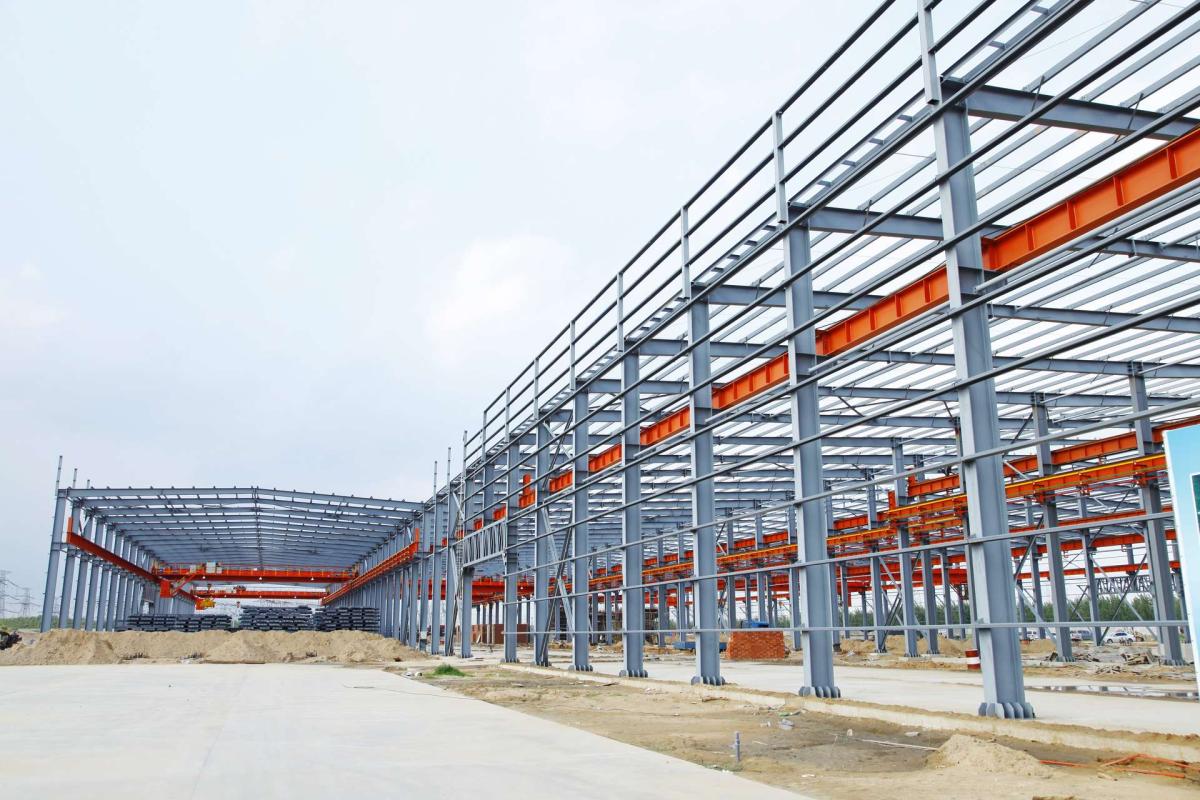Why Steel Construction Drawings Are Critical For Safe And Strong Structures
Steel framework is the backbone of modern-day infrastructure, capable of imparting strength, durability, and flexibility to an inflexible older construction material. Steel can form robust structures that can bear heavy loads and resist environmental forces, be they buildings, bridges, or industrial plants. If the drawings are improvised and incomplete, then the success of any steel project is left to fate.
Construction designs are the basis for the entire construction team, including architects and engineers, to carry out the work. These designs ensure that each and every piece is fixed in the proper location safely. Structural failure could arise even with the toughest of materials without proper steel construction drawings, costs increase, and the timeline of the project gets stretched out. Further, when the designs are in place, the teams are able to foresee issues before the commencement of work. It creates a big avenue for the smoother implementation of the project.
In this blog, we will discuss the benefits of steel construction drawings for structurally sound buildings.

Overview of Steel Construction Drawings
These are documents that take into consideration exact specifications, dimensions, and methods for assembling the steel structure. These are technical drawings that are like a visual roadmap for the building tradesmen, showing them where each beam, column, and joint is to be located. Generally, they contain:
- Structural Drawings: These include the entire structure of the building, beam arrangements, columns, and load-carrying elements. The engineer has a definite guide to maintain the balance and safety of the structure during construction.
- Fabrication Drawings: Give directions for producing steel elements off-site, such as exact measurements and cutting details. These drawings ensure fabricators do not make mistakes and that each component fits smoothly when assembling.
- Erection Drawings: Direct the on-site assembly and installation of steel components, with correct alignment, safety, and stability. Erection drawings also enhance team coordination, minimizing delays and miscommunication on-site.
Benefits of Proper Steel Construction Drawings
Proper drawings have some advantages beyond structural safety:
1. Reduces Construction Mistakes
Accurate drawings guarantee each steel element is a perfect fit. This minimizes misalignments, rework, and expensive errors in the course of construction. It also eliminates delays and guarantees that construction deadlines are fulfilled effectively.
2. Enhances Project Efficiency
Detailed plans make fabrication and erection teams' workflow streamlined, enabling projects using steel in the construction industry to be completed quickly and more efficiently. This efficiency enables teams to manage resources better and minimizes downtime.
3. Facilitates Compliance with Codes
The particular construction drawings are given with reference to local building and construction laws and international standards. It prevents legal nuisance and ensures that the building is safe according to the specifications. Compliance increases the satisfaction of clients and ensures easy access for inspection.
4. For Maintenance and Future Alterations
Proper documentation provides engineers and maintenance teams with a clear understanding of the structure’s layout so that they can undertake repairs, upgrades, or extensions to it with ease and safety. Future modifications are planned without ever endangering the integrity of the structure.
Role of Drawings in Ensuring Structural Safety
Steel building drawings are the cornerstone of any structure's safety.
1. Accurate Load Calculations
The drawings provide accurate computation of the load-bearing capacity of each member, referred to be the capacity which the engineer assumes to permit the testing of the structure against predicted stresses. Correct calculation will prevent the failure of the structure and will prolong the life of the building.
2. Accurate Positioning of Columns and Beams
Structural elements in the correct position avoid uneven loading, which causes sagging, bending, or collapse. It also increases stability and balance throughout the overall frame.
3. Identification of Stress Points and Reinforcements
Drawing emphasizes key areas that need further reinforcement, including joints, connections, and intersections, to provide stability in extreme conditions. Such a proactive measure reduces the risk of weak links leading to structural failure.
4. Coordination Between Teams
These drawings have to be very clear, so that they can be a means of communication between architects, engineers, fabricators, and site workers. This minimizes the possibility of misunderstandings about the configuration of any building or any part that complies with the prescribed structural steel detailing standards. Better coordination is what prevents errors, delays, and wastage of resources at the site.
Wrapping It Up
The steel construction drawings are much more than rough sketches for steel construction; they are the basis for a safe, strong, and durable structure. From architectural plans, this translation directs everything about manufacture and site assembly. Being accurate, drawings help to eliminate the possibility of human error and lighten costs while assuring compliance with safety norms, proving to be a necessity for architects, engineers, and builders. You cannot forgo the necessary time and cost of steel detailing so as to retain a facility that is reliable and sound from among other things, in this fast-moving construction world.